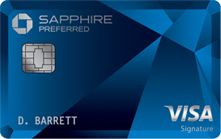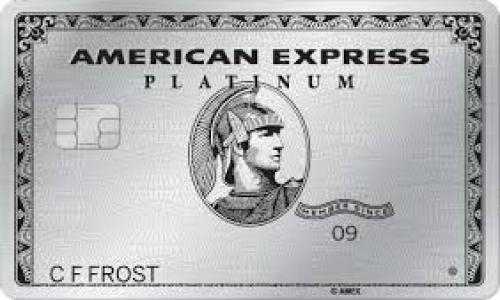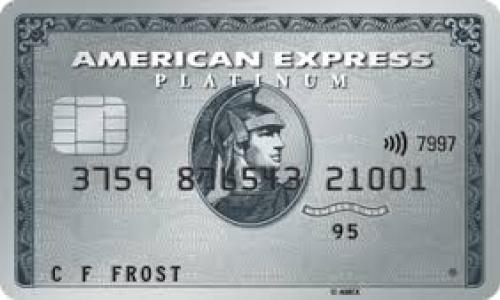The after effect of the credit crisis has led to a tightening of lending standards; banks simply are not as willing to loan people money as they have been in the past. This reluctance on the part of lending institutions to take on risk has resulted in a person’s credit score, always an important number, being more critical now than ever. Fortuitously there are a number of relatively simple ways to create a strong credit history and a resulting high credit score. First, however, an outline of what a credit score is and how it is calculated will help frame the context of this article.
The most commonly used credit score model is called FICO, which stands for Fair Isaac Corporation, the company that designed what has become the industry standard used by almost all lenders. A FICO score is an algorithm that produces a numeric summary of the information contained in your credit reports that illustrates the potential credit risk you represent to whoever might lend you money or offer you a line of credit through a product such as a credit card. The FICO credit score is comprised of five factors. The first, and most important, is your payment history, which at 35% represents the largest single input into your overall score. It is a reflection of whether you make payments on time and if you do not, how often you are late on paying your bills. The higher the proportion of on-time payments, the better your score will be. The second factor that determines your credit score is the amount of money you owe. This represents 30% of your score and is a reflection not just of the total owed, but with the type of debt, the number of accounts the debt is spread out over and the proportion of money owed relative to how much credit you have available, with this latter factor being known as your credit utilization score. The third factor that affects your credit score is the overall length of your credit history which constitutes 15% of your total score. Establishing credit as soon as you can and maintaining that credit throughout your life is a critical component of a healthy credit score. The fourth factor is the types of credit accounts you hold, with a diversity of accounts being desirable. This is worth 10% of your credit score. Recent credit activity is the fifth and final factor; this also counts 10% towards your score.
Paying your bills on time is the easiest and most effective way of having a high credit score. There are a number of other less obvious moves that can be made that can also lead to the creation and maintenance of a great credit score. Here are a few suggestions:
- Don’t open new accounts unnecessarily. Opening a new line of credit negatively affects your credit score initially due to the lack of credit history with that particular creditor. A new account also lowers the average age of all your credit accounts. Additionally, by applying for several credit cards in a short period of time, you run the risk of lenders viewing you as a credit seeker. Lenders are likely to suspect that you are suffering financial difficulties which you are seeking to remedy through additional credit lines.
- Be careful closing accounts. The reduction of the number of active accounts that you have limits the overall credit history that potential lenders can reference. Banks prefer more information with which they can assess risk, not less. The closure of accounts also lowers the overall amount of credit that you have available to you, which adversely impacts your credit utilization score. Even if you haven’t increased the amount of debt you owe by so much as a penny, the percentage of available credit that you are now utilizing has increased which will likely reduce your score.
- Keep your lines of credit active. Carrying around a lot of debt isn’t desirable, but making sure you use your credit cards and other lines of credit on a reasonably frequent basis is important as it continues to build both your overall credit history and your recent activity profile, both of which count heavily towards your score. Simply making a few small purchases on your credit cards and then paying them off at the end of the month, on time and in full, will contribute towards a better score with little if any associated risk.
- The More Credit the Better. Request a credit line amount increase on existing credit cards or lines of credit. It doesn’t matter whether you take advantage of the increase in available credit or not; the additional credit will improve your credit utilization ratio even if you haven’t decreased the amount of debt you are carrying. Be cautious, however, in how you go about doing this. Only issue such a request to a lender or credit card company with whom you have a strong relationship with. Customers with a history of carrying high amounts of debt and/or not paying on time will likely have their lenders or card issuers view such a request with suspicion. This could lead to the exact opposite of the desired result as your line of credit could be reduced if the company decides your risk profile has increased.
- The Less Debt the Better. There exists the persistent belief that in order to have a high credit score you have to have debt. Not so, as carrying a lot of debt could hurt your score, even if you are paying it off in its entirety at the end of the month. The reason for this is that the balance you carry on any given account that is reported to the credit bureaus by the banks can be from any day the bank chooses; that day may be towards the end of the month, after you have piled up the charges, but before you have paid them off. In order to avoid this try to keep the amount of debt you have at any given moment below 10% of the amount of total credit available to you.
- Check Your Credit Report for Errors. Mistakes do happen. If you have a relatively common name, activity associated with someone else can end up on your credit report and could hurt your score. More commonly you could be a victim of identity theft and purchases made by someone else using your name are destroying your credit without you being aware of it. Check your credit report at least once a year. Take advantage of the free service offered by annualcreditreport.com which gives you access to the credit report held by each of the three major credit report bureaus, Equifax, Experian and TransUnion. This report will not include your score, you have to pay to get that, but it will list all of your accounts and their associated activity thus making it possible to verify the veracity of the contents.














Comments
highest credit score possible
March 10, 2013
The score is generally based on the habits of the card holders including their spending habits and their debts.
great!
Is this review helpful? Yes:0 / No: 0
Add your Comment
or use your BestCashCow account